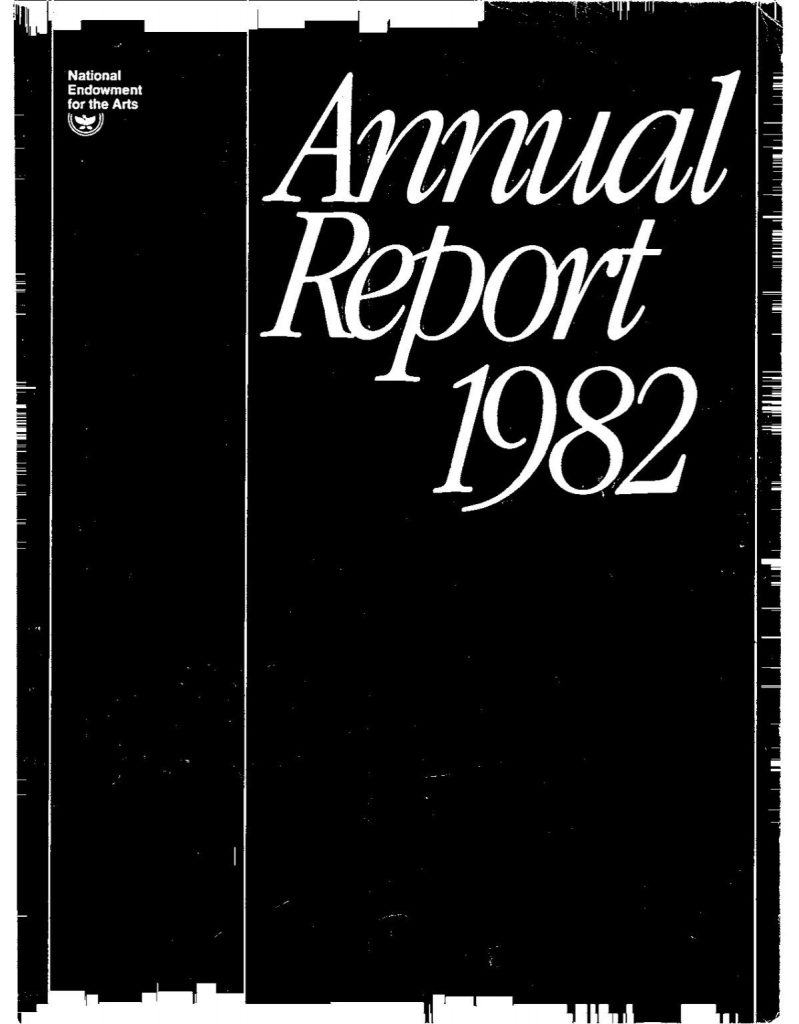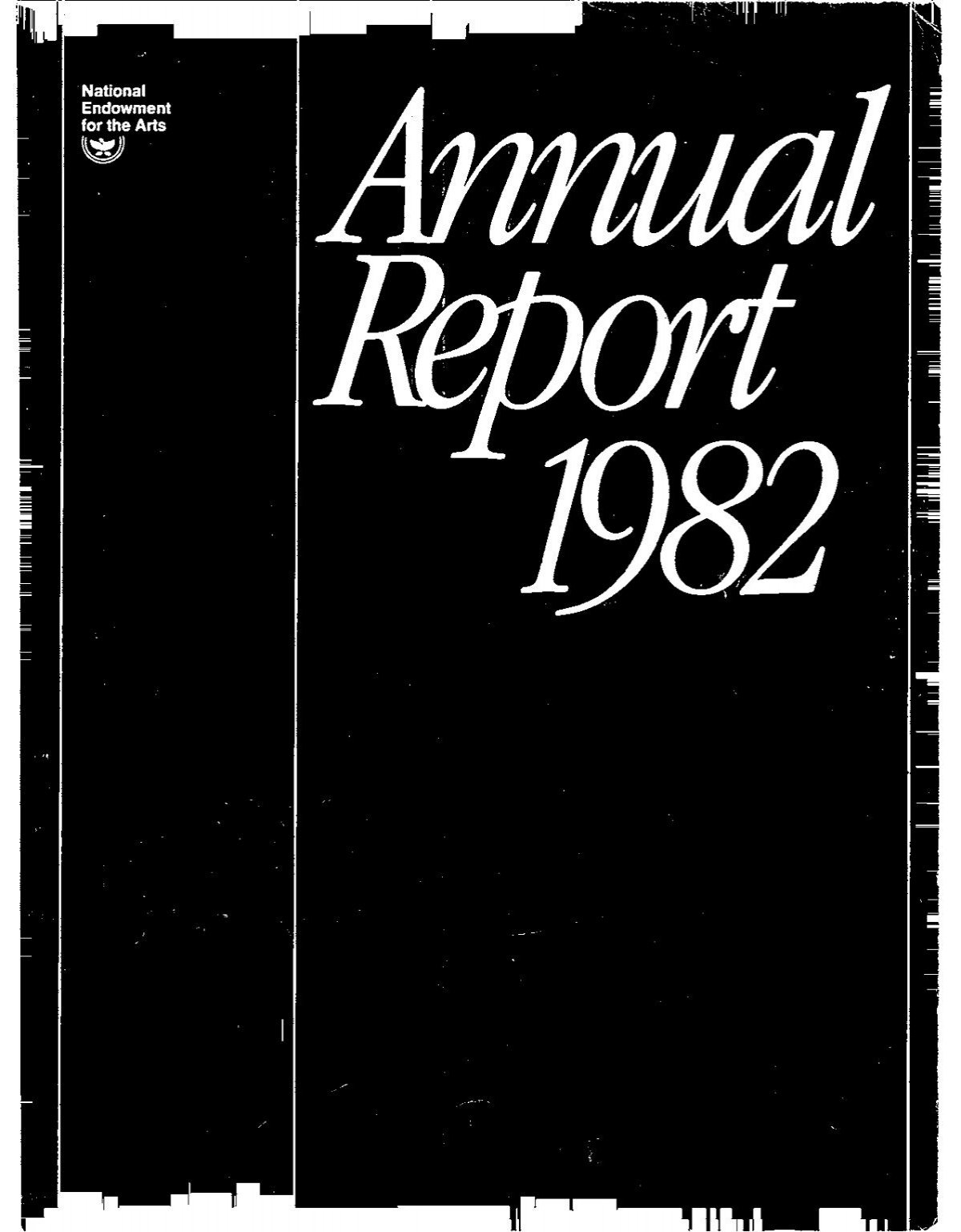
Montclair Art Museum Revitalizes Native Art Collection with Comprehensive Reinstallation

# Indigenous Futurisms Reimagined: Vibrant Voices in Montclair’s **Interwoven Power**
**MONTCLAIR, New Jersey** — The power of Indigenous art pulses through history, not as a relic of the past but as a living, breathing testament to culture, innovation, and resilience. The Montclair Art Museum (MAM), which debuted in 1914 with one of the first Native art collections in the United States, is once again making strides in presenting Indigenous creativity with its ongoing exhibition *Interwoven Power: Native Knowledge / Native Art*. The installation, which opened on September 14, 2023, transcends conventional curatorial practices by reframing Native artistry within a dynamic dialogue that bridges the past, present, and future.
### Indigenous Futurism: Time as a Continuum
A decade ago, Anishinaabe scholar Grace Dillon introduced the term “Indigenous Futurisms” to articulate how Indigenous communities can envision their future while honoring ancestral experiences. Dillon emphasized the fluidity of time through a “philosophical wormhole” that beckons both the past and present to inform future imaginations. This approach challenges the simplistic, linear perspectives of traditional curatorial frameworks, which often portray Native works as static or relic-like.
Montclair’s *Interwoven Power* embodies Dillon’s philosophy by giving space to Indigenous artists whose works dynamically intermingle historical craftsmanship with modern-day perspectives. It also reshapes time within the museum setting—not merely as a chronological record but as part of a broader cultural dialogue that exists outside of Western conceptions of temporality.
### A Fresh Perspective on “Indigenous” Art
Museums in the Western world have often relegated Native art to back corners or portrayed it through a lens of colonial nostalgia, treating it as a reflection of a “lost” past. Such frames tend to ignore the vitality and continuous innovation of Native cultures. MAM’s curator of Native American Art, Laura J. Allen, recognized this problem. In a recent interview with *Hyperallergic*, Allen noted that the museum’s Native art collection—while one of the largest in the United States—desperately needed reimagining to reflect how these works are alive and constantly evolving.
With over 4,000 pieces collected since the mid-19th century, many objects had simply “been sitting around.” Now, that’s changing. In collaboration with a 2021 Native advisory council—comprised of artists, art historians, and curators such as Heather Ahtone (Chickasaw Nation/Choctaw) and Cherokee artist Kay WalkingStick—the museum is thoughtfully engaging with Indigenous voices throughout the curation process. This dialogue has reshaped both the exhibition layout and narrative tone.
### Beyond Chronology: Thematic Exhibitions with Breathing Room
Rather than presenting Native artworks in chronological order, *Interwoven Power* organizes them thematically, creating connections between past and present Native knowledge and practices. A buffalo hide bag from 1875 exists alongside contemporary works like Rebecca Haff Lowry’s (Delaware Tribe of Indians) turkey feather cape made just two years ago. This method not only grants the pieces more “breathing room” but also emphasizes the continuity and adaptability of Native traditions.
Critical to these curatorial innovations is the language of the object labels. Unlike the impersonal “artist unknown” commonly seen on display cards, *Interwoven Power* embraces “artist once known” as an acknowledgement of the erasure or loss of Indigenous knowledge caused by colonial forces. This small shift in semantics reflects a growing movement among institutions that seek to decolonize their presentations of Native cultures.
### Designs with Cultural Depth: The Power of Typography
A unique visual feature of the exhibition is its specially-designed wall text font created by Sébastien Aubin (Opaskwayak Cree Nation). The font draws inspiration from Navajo weaving motifs, weaving together the thematic elements of interconnectivity and craftsmanship, thus adding another layer of Indigenous visual language to the narrative. Aubin’s font situates the written narrative within Native aesthetic traditions, moving away from the typical modes of display found in Western museums.
Text throughout the gallery provides more than information—it tells a story. Contributions from Native artists and historians are displayed prominently against forest-green backgrounds, a deliberate design choice to distinguish their voices from conventional white-backgrounded curatorial text. The input of Osage art historian Todd Caissie, anthropologist Haa’yuups, and language preservationist Nikole Pecore showcases the museum’s dedication to empowering Native voices in how their artifacts and histories are shared with a broader audience.
### New Works That Speak Across Time
*Interwoven Power* also brings contemporary Native artists into conversation with classical Western pieces in powerful ways. A striking example is artist Holly Wilson’s (Delaware Nation) reinterpretation “What Was, What Is, What Will Be.” Wilson encircles William Couper’s 1896 neoclassical sculpture *Crown